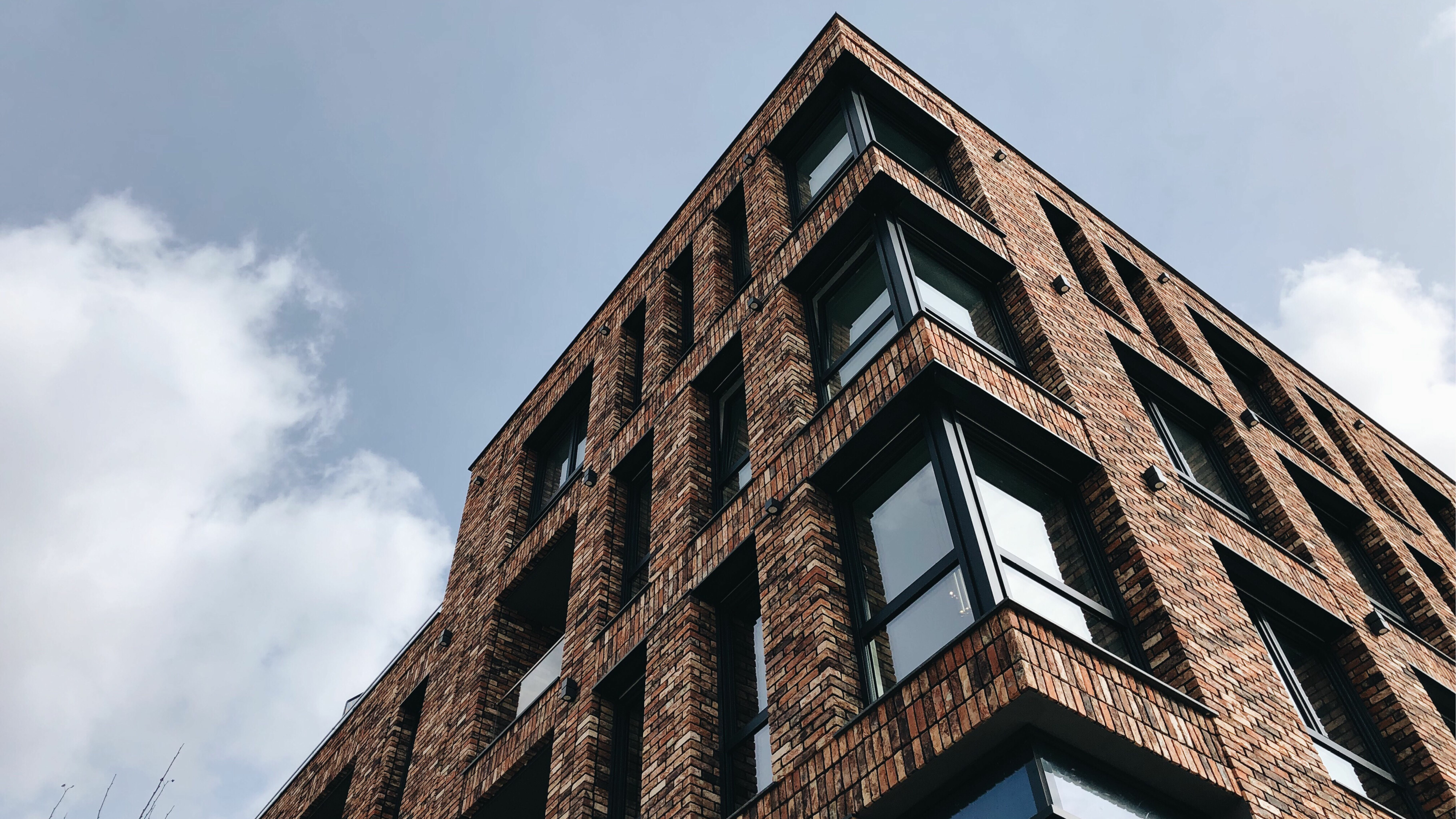19 Jul 2021 | Industry Insights
Simplifying property management with digital twins

The uptake of digital twin technology is becoming more common across many industries, and it is now coming to the fore in the real estate sector. Building owners and end-users are benefitting, and they offer a return on investment in the short term.
Digital twins have many uses such as optimising building performance and predicting failures before they occur. Cost savings are there to be made alongside improved processes and efficiencies. The coronavirus pandemic brought about significant change to the way we work as office buildings were abandoned for home working. Property managers who operate without a digital twin would have found it difficult to adjust as buildings saw a huge reduction in use and there was no way of truly optimising the new environment without using such technology.
One of the biggest benefits of integrating digital twin technology is its ability to deliver real-time analysis and insights into the spaces used within a building. The ability to perform remote actions of the different systems such as HVAC and lighting has given facility managers indispensable control over the changing needs of the built environment.
The pandemic has accelerated the rate at which digital transformation is happening, the ability to simplify processes and provide a vast amount of information was thought to be impossible until the emergence of digital twins.
Digital twins can be the solution in leveraging the potential of IoT devices and achieving the efficiencies on offer due to an inherent ability to visualise data simply and in real-time. They simplify processes by integrating complex IoT systems as well as predicting behaviour within different conditions. Their versatility is unparalleled which makes them suitable for a range of industries and implementing them can transform the way planning, development, operations and maintenance is carried out.
One of the biggest advantages of having a 3D replica of a physical counterpart is the fact it can be used as a safe space to test new changes without incurring the costs of affecting the real-life object.
Multi-property and multi-system managers can find a digital twin to be an invaluable tool. The various sensors can provide a wealth of information and offer two-way interactions with the real world. Being able to manage multiple assets remotely saves time and money as they do not have to attend the locations physically to carry out work, enabling them to focus on what is most important and benefit from increased operational and maintenance efficiency.
Twinview is a browser-based digital twin platform for the property sector connecting building systems’ data to a 3D model viewed on a single dashboard. Twinview becomes your first step to achieving Net Zero by providing continuous live data and an optimised building performance whilst reducing costs and improving the user experience. Book a demo today.
Related insights

eBooks
The Value of Property Digital Twins in the NHS: Aligning with Government Policies and AI Requirements
The UK’s National Health Service (NHS), one of the world's largest publicly funded healthcare systems, manages a vast and complex estate, including over 1,200 hospitals, thousands of clinics, GP surgeries, and administrative buildings. Managing such an extensive estate efficiently is essential to delivering high-quality patient care, meeting sustainability targets, and ensuring the financial viability of the healthcare system. With increasing demand, financial constraints, and sustainability commitments such as the Net Zero NHS plan, there is a pressing need to optimise how NHS facilities are managed. One of the most promising innovations in this regard is the adoption of Property Digital Twins (PDTs) virtual replicas of physical assets that provide real-time data on building performance, environmental conditions, and operational efficiency. Learn how by embracing Property Digital Twins, the NHS can transform its approach to estate management, achieving significant cost savings, enhancing patient care, and contributing to national sustainability goals.
Read more

Industry Insights News
Lessons Unlearned: How the Dagenham Fire Highlights the Urgent Need for a Golden Thread of Information
In the wake of the Grenfell Tower tragedy in 2017, where 72 people lost their lives, the need for a comprehensive approach to building safety became starkly evident. The public inquiry highlighted a devastating reality: critical information about the building's structure, materials, and fire safety measures was either missing, outdated, or scattered across various documents and databases. This fragmentation of information—a far cry from the "Golden Thread" of safety data that should have been in place—played a crucial role in the disaster. Fast forward to 2023, and the fire at an apartment block in Dagenham served as a grim reminder that the lessons of Grenfell have not yet been fully learned.
Read more

Industry Insights
Harnessing the Power of Digital Twins: Centralising Data for a Digital Healthcare System
Healthcare stands on the cusp of a revolutionary shift. The NHS, with its vast network of hospitals, clinics, and trusts, faces the unique challenge of managing an overwhelming amount of data. This data—from patient records and treatment plans to equipment maintenance logs and administrative documents—is often scattered across various digital systems and physical records.
Read more


